GILSONITE FOR INDUSTRIAL USE
There are numerous different uses for Gilsonite for industrial use (Gilsonite industrial grade); some of them will be addressed briefly, and a description of each will be provided below. The professionals at Petronaft Company will give the essential help for selecting the appropriate product in accordance with the application that you need.
Highlights & Key Sections
LIST OF PRODUCTS
- GILSONITE FOR ASPHALT (GILSONITE IN ASPHALT)
- GILSONITE FOR FOUNDRY (GILSONITE IN FOUNDRY INDUSTRY)
- GILSONITE FOR INK / PAINT / STAIN (GILSONITE IN INK, PAINT AND STAIN INDUSTRY)
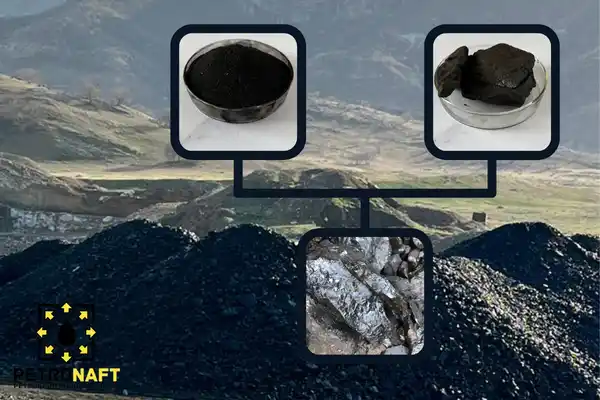
GILSONITE IN FOUNDRY INDUSTRY
Gilsonite works better than any other carbon addition you might use for iron castings that are intricate and valuable. Castings made from it have inherently superior characteristics, therefore they have a better polish and fewer defects than other castings.
- Produces three times the amount of gas than sea coal, which results in improved mold release
- High lustrous carbon for a superior finish
- Reductive environment for less interaction between the mold and the casting, which results in fewer defects
GILSONITE IN BITUMEN AND ASPHALT AND ROAD PAVING INDUSTRY
As a performance-enhancing ingredient for asphalt mixtures, gilsonite is often used. Gilsonite can either completely or partly replace the usage of SBS polymers in modified asphalts, or it can be used in conjunction with those polymers to achieve the desired effect. In comparison to asphalts that have not been modified, gilsonite-modified asphalts exhibit better resistance to water stripping, greater stability, less sensitivity to temperature changes, and reduced deformation. Gilsonite is also used in the production of both solvent-based and emulsion-based pavement sealers, both of which have outstanding aesthetic qualities and resistance to the effects of the elements. Micronized gilsonite powder is one of the ingredients required for making bitumen emulsion. The amount of bitumen emulsion used on a global scale has risen at a fast rate. Emulsified bitumen is often referred to as “green” or “environmentally friendly” bitumen. As an ingredient that makes asphalt mixtures more effective, gilsonite is often put to use. There is no need to add any further powders to the asphalt since it has already been entirely smoothed down by being blended with high-grade gilsonite.
When compared to asphalts that have not been modified with Gilsonite, asphalt that has been modified with Gilsonite demonstrates more stability, less deformation, a greater capacity for withstanding fluctuations in temperature, a greater resistance to water, and a lower permeability. Gilsonite is not only used in the production of hot paving mixes, but also as a preservation agent. The primary function of Gilsonite in this context is to strengthen the resistance of the pavement to become permanently deformed while also enhancing the stability of the surface. It improves the load-bearing capability that can be employed in regions that are under significant strain and pressure. The PG for gilsonite-modified asphalt is much greater. Additionally contributing to asphalt’s increased tensile strength are the sulfur-containing organic compounds that Gilsonite contains. In recent years, the micronized and processed powder of gilsonite has been put to use in a variety of countries, including the United States of America, Germany, Norway, Australia, and India, with the goals of extending the lifespan of asphalt and producing bitumen products with more value added. In this context, the Petro naft Company manufactures a micronized form of the mineral gilsonite, which acts as a bitumen and asphalt modifier.
GILSONITE IN THE BITUMINOUS WATERPROOFING INDUSTRY
Gilsonite is often employed in the manufacturing of waterproofing goods because to its exceptional resistance to acids and bases, in addition to its high level of water repellency. Gilsonite be dissolved in non-polar solvents including carbon disulfide, toluene, and molten bitumen, which is one of the characteristics that sets it apart from other minerals. Because of this property, Gilsonite is used in the industry that deals with waterproofing. Gilsonite, due to the fact that it is composed of hydrocarbon polymer components, is regarded as a good modifier for refinery bitumen in bituminous waterproofing. Additionally, gilsonite lessens the degree of diffusion in refinery bitumen while simultaneously increasing its viscosity, flexibility, and thermal resistance (which results in a decreased temperature sensitivity).
GILSONITE IN PIPE COATING INDUSTRY
Gilsonite is used for the purpose of protecting the pipes from corroding and also functions as an addition in pipe isolator, both of which contribute considerably to an extended pipe life. Gilsonite is a kind of resin that can be used in a number of different sectors for the purpose of waterproofing products. For instance, in the automotive industry, it is used as an additive in the process of coating the underbody of vehicles.
GILSONITE IN CHEMICAL PRODUCTS INDUSTRY
Gilsonite, also known as natural asphalt, is often combined with a variety of different chemicals and materials so that they can take use of the extraordinary physical and chemical capabilities of the natural asphalt. The versatility and efficiency of this remarkable material are shown by the many applications of gilsonite as a binder and coating in a variety of industries, including the metallurgical, wood product, and refractory industries, among others. Gilsonite has been effectively used in the manufacturing of sealant and glue for a significant number of years. As a result of the cracking process, it is possible to break it down into smaller molecules, which is why it is employed in the production of gasoline and diesel fuel. Gilsonite is put to use in a variety of items, including graphite pencils, graphite electrodes, and batteries, when combined with a variety of different resins. Paints that are resistant to the effects of sunshine, cold, heat, and rain are also made using this ingredient. Gilsonite is a component that is necessary for the manufacturing of nano-carbon compounds like graphene and graphite.
GILSONITE IN INK, PAINT, AND STAIN INDUSTRY
The manufacturing of printing inks requires the use of opaque black and brown pigments, both of which can be obtained from gilsonite. Along with carbon black, gilsonite is a component that is often used in the manufacturing of black ink and gravure ink. Gilsonite Resin competes well with hydrocarbon resins derived from petroleum, phenolic resins, and metal resonates, all of which it can supplement or replace to varying degrees. This gives it an edge in the marketplace. To produce some inks with an exceptional shine, various concentrations of gilsonite resin are used in the manufacturing process. In addition, certain grades of gilsonite are often used in the production of additives for asphaltic paints and varnishes.
Additionally, it can be used in the manufacturing of dark brown to black colored solutions that are employed in the process of tarring the gas and sewage pipelines. This substance is utilized as a coat of outside surfaces in vehicle chassis and metal constructions, where it improves resistance to acids and serves as a protective barrier. When producing black ink, it is possible to utilize it as an alternative to other resins that is more economical. Gilsonite is used primarily in the production of ink as a carbon black dispersion agent or a wetting agent. It is effective in this capacity at concentrations ranging from 2% to 5% of the total formula for the final ink.
Gilsonite is a tough resin with a high softening point, and due to its ability to balance the resinous effects of the hydrocarbon and other resins, it can be used into the final recipe for the ink. However, in order for this to work, the completed ink formulation has to include a concentration of 10% to 15% gilsonite before it can perform this job. It is feasible to do this, but it will be challenging because to the large concentrations of ash and aromatic components that are present in gilsonite. When present in such high concentrations, there is an excessive amount that must be filtered, the viscosities begin excessively high and continue to rise to even greater levels, etc. Because of this, the majority of ink manufacturers only employ Gilsonite in very low concentrations for the purpose of dispersing carbon black. Instead, they use alternative resins such as “C5/C9” hydrocarbons or modified rosin phenolics for the ink’s resinous constituents.
Incorporating Gilsonite into the color as well as the resin basis for use in oil-based penetrating wood stains for interior and outdoor use. Enhances the natural wood grain while also imparting water-proofing capabilities to protective coatings; ideal for both smooth and rough-cut wood. Outstanding resistance to the elements, as well as to water, abrasion, and discoloration.
GILSONITE IN ISOLATION INDUSTRY
In the isolation of isolating dams, bridges, and rivers, gilsonite is employed extensively. A substance that is excellent for use as insulation is micronized gilsonite because of its resistance to the effects of weather, acids, and bases, as well as its property of repelling water. Gilsonite is being steadily more widely used since it is an environmentally green, safe, and cost-effective substance.
GILSONITE IN COKE PRODUCTION INDUSTRY
Gilsonite, which has been subjected to elemental analysis, has been shown to contain between 70 and 80 percent carbon; hence, it is suitable for usage as a reducing element and as a suitable alternative to coke. Additionally, it can be used to generate coke when combined with other coking resources like coal. In addition, gilsonite that does not contain sulfur is put to use in the manufacturing of a specific kind of coke known as needle coke, which is then burned in an electric arc furnace. There are kinds of gilsonite that have a lower carbon concentration than coke and can be used directly in its place.
GILSONITE IN RUBBER INDUSTRY
When used in conjunction with carbon black in the production of rubber, the addition of gilsonite, also known as natural asphalt, will result in a material that is much more reinforced. As a result of the fact that gilsonite makes it easier for carbon black to be absorbed into natural rubber while it is being mixed with the other components, this will be the result. Because gilsonite contains a high quantity of carbon, it functions well in situations in which carbon black is used in hot mixes. In addition, because of the unique properties of gilsonite, the resulting rubber will have higher abrasion wear strengths, making it ideal for use in the tire industry. When used in the production of synthetic rubber or in mixtures including natural rubber, natural asphalt functions as the ideal binder, delivering superior outcomes at lower expense than other adhesive options.
GILSONITE IN STEEL-MAKING INDUSTRY
Gilsonite is a component of many additives that are used in the manufacturing process of steel. It has use in the additive systems for limestone, lime, magnesium, and calcium carbide. These additives have the purpose of removing impurities from the liquid steel, such as sulfur, silica, and phosphorus, and transporting them to the layer of liquid slag that is still liquid. As a component in Steel Making Additives, gilsonite is responsible for a number of different tasks. When added to the molten steel, Gilsonite encourages the mixing of the additives so that the chemical reactions that will move the impurities to the molten slag layer can take place. First, Gilsonite is approximately 75% volatile at 1900°F. When added to the steel, it promotes the mixing of the additives. Next, the volatiles that are released include a significant amount of lustrous carbon, which further reduces the iron oxide to steel. Even though CO is responsible for the reduction of the vast majority of the Fe3+ by indirect reduction, some of it still has to be reduced directly by elemental carbon. In conclusion, the component of Gilsonite that does not undergo volatilization is an asphaltene structure that is very highly organized and almost entirely composed of carbon. This will increase the amount of carbon found in the steel.
GILSONITE IN FUEL INDUSTRY
In the past, lumps of gilsonite were used as fuel in furnaces with other fuel components like mazut and coal. This use is now restricted to species of Gilsonite with a lower grade.
SPECIFICATION OF GILSONITE FOR INDUSTRIAL USE
| Feature | Low Ash (<5%) | Medium Ash (~15%) | High Ash (>20%) |
|---|---|---|---|
| Ash Content | < 5% | ~15% | > 20% |
| Color | Dark Black | Black | Dull Black to Grayish |
| Softening Point | High (170-200°C) | Medium (140-160°C) | Low (120-140°C) |
| Moisture Content | Low (0.5-1.5%) | Medium (1.5-3%) | High (3-5%) |
| Specific Gravity @ 77°F | 1.05-1.10 | 1.00-1.05 | 0.95-1.00 |
| Hardness (Moh’s Scale) | 2.5-3 | 2-2.5 | < 2 |
| Penetration | High | Medium | Low |
| Flash Point (C.O.C.) | High (350°C+) | Medium (300-350°C) | Low (<300°C) |
| Trace Elements | Carbonates, Sulfur (Pyrite), Silica | Carbonates, Clay Minerals, Sulfur | Higher concentrations of impurities like Pyrite |
| Solubility in T.C.E, W% | ~100% | ~85-90% | <80% |
| Solubility in CS2, W% | ~100% | ~90% | <85% |
| Volatile Matter | Low | Medium | High |
At this time, PETRO NAFT is manufacturing a variety of grades of gilsonite, including the following:
- Lump Gilsonite
- Granulated Gilsonite
- Micronized Gilsonite Powder
1- Gilsonite with ash content up to 5%, moisture up to 1% and meshes 30, 40, 100 to 300.
2- Gilsonite with ash content up to 10%, moisture up to 1% and meshes 30, 40, 100 to 300.
3- Gilsonite with ash content up to 15%, moisture up to 1% and meshes 30, 40, 100 to 300.
4- Gilsonite with ash content up to 20%, moisture up to 1% and meshes 30, 40, 100 to 300.
5- Gilsonite with ash content up to 25%, moisture up to 1% and meshes 30, 40, 100 to 300.
Understanding Global Gilsonite Prices: A Must-Read Comprehensive Guide for Better Comprehension
In-depth Report on Current Gilsonite Pricing
Understanding Iran’s Gilsonite Price: A Must-Read Comprehensive Guide to Improve Your Knowledge
Iranian Gilsonite Market: In-depth Price Report
PACKING OF GILSONITE FOR INDUSTRIAL USE
Jumbo Bags-PP Bags- Multi paper Bag-Bulk on Vessel
PetroNaft Co. provides a wide range of high-quality grades in this category, which has been listed below. For more information, please click on each product.
GILSONITE FOR INDUSTRIAL USE Products
GILSONITE FOR ASPHALT
INTRODUCTION OF GILSONITE FOR ASPHALT Gilsonite, often known as natural bitumen, is an addition (
GILSONITE FOR FOUNDRY
INTRODUCTION OF GILSONITE FOR FOUNDRY Gilsonite is combined with foundry sand in order to be
GILSONITE FOR INK / PAINT / STAIN
INTRODUCTION OF GILSONITE FOR INK / PAINT / STAIN There is a kind of mineral

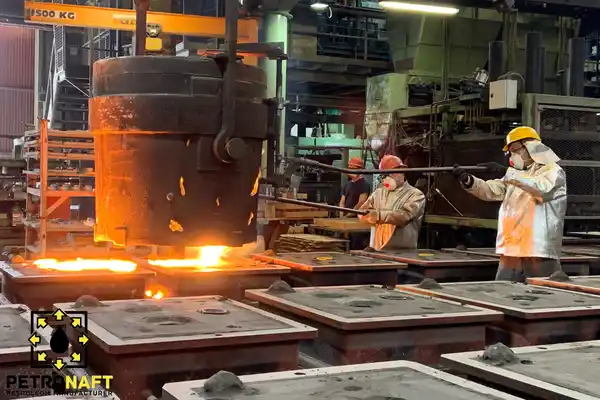

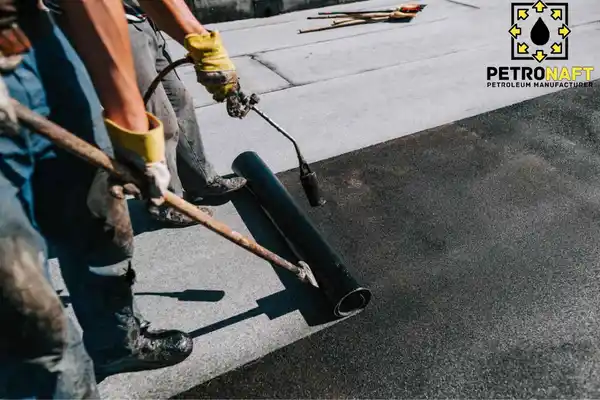
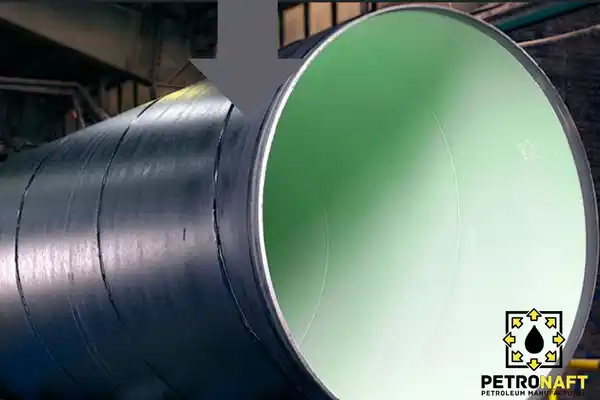
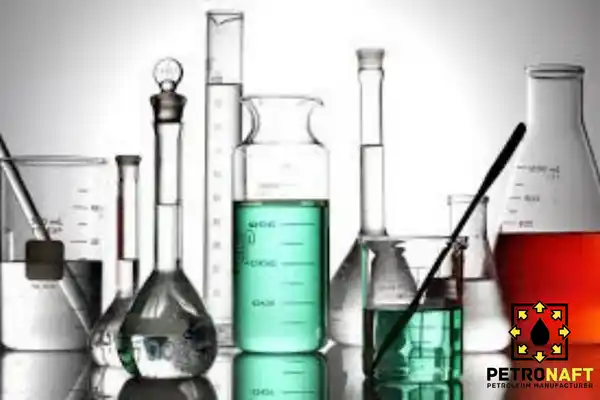


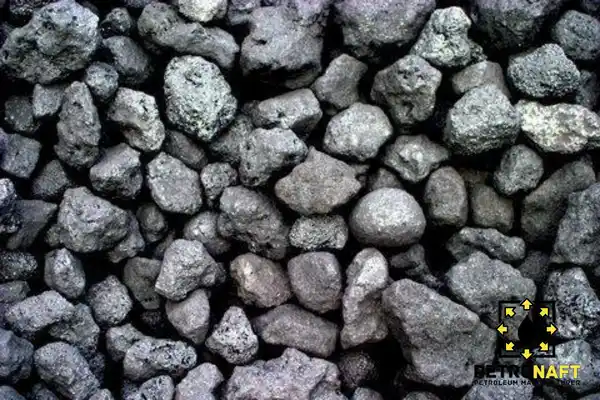
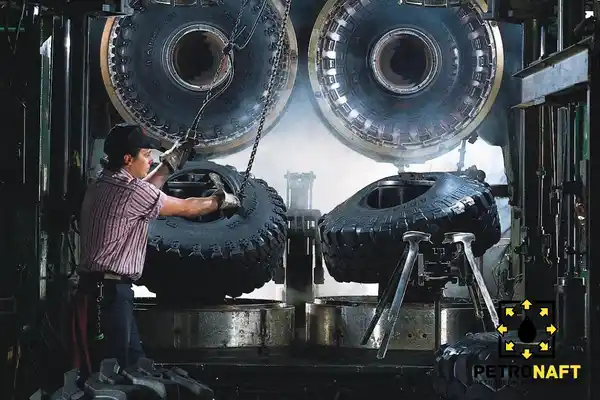
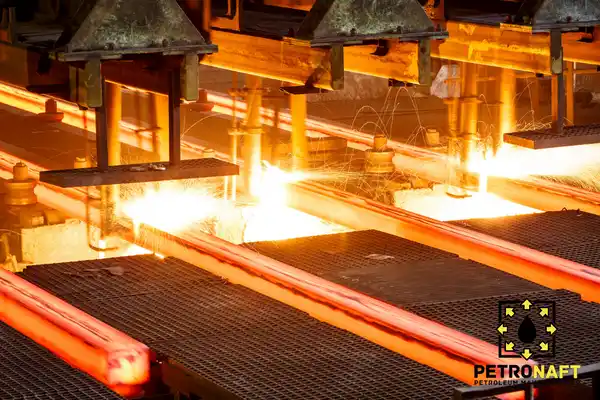
Can I use Gilsonite & limestone instead of pitch & limestone to make “clay targets!”
Dear Jack,
Thank you for your interesting question. Gilsonite can potentially be used as a binder in clay targets due to its excellent adhesive and bonding properties. However, the final suitability would depend on the specific formulation and performance requirements. We recommend conducting tests to determine if the desired characteristics are met. For more detailed technical assistance, feel free to contact us at info@petronaftco.com.